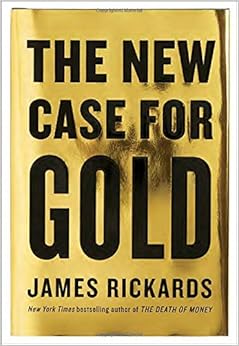Is the crude stock data in the EIA’s Weekly Petroleum Status Report (Table 1 in the report) a useful tool for judging the prospects for the U.S. petroleum industry— and therefore for the global petroleum industry—or is it misleading?
With few interruptions, U.S. crude stocks increased steadily during 2015 and have continued this trend in 2016. According to weekly EIA data, average commercial crude stocks levels were 7.82 percent higher on average in March than on average in January 2016, and 13.16 percent higher than in 2015 in the week ending January 2, 2015:

With the Weekly Petroleum Status Report’s publication each Wednesday, these steady increases reinforce skepticism on the potential for balanced crude supply and demand and therefore for higher crude prices domestically and internationally. Last week, when the EIA on March 23 reported a 9.3 million barrel build in U.S. commercial crude stocks—around the same time several Federal Reserve officials were suggesting a faster pace for interest rate hikes—WTI and Brent prices fell and continued to fall in the following days.
This week, after the EIA on March 30 reported a smaller build (2.3 million barrels), prices fluctuated, both up and down, despite encouraging words from Fed Chair Yellen on the pace of interest rate hikes in a speech the previous day (of course, other factors, such as OPEC member pronouncements on output policy, influence prices).
Sources of Increasing Crude Stocks
The impetus for gains in crude stocks through March 2016 comes from imports (capacity utilization increased to 88.88 percent from 88.33 percent in the corresponding 2015 period). Average daily crude imports have surged, increasing over 10 percent in January and February compared to 2015’s average daily imports in those months, and 8.63 percent cumulatively year-to-date through March 25:
…click on the above link to read the rest of the article…











